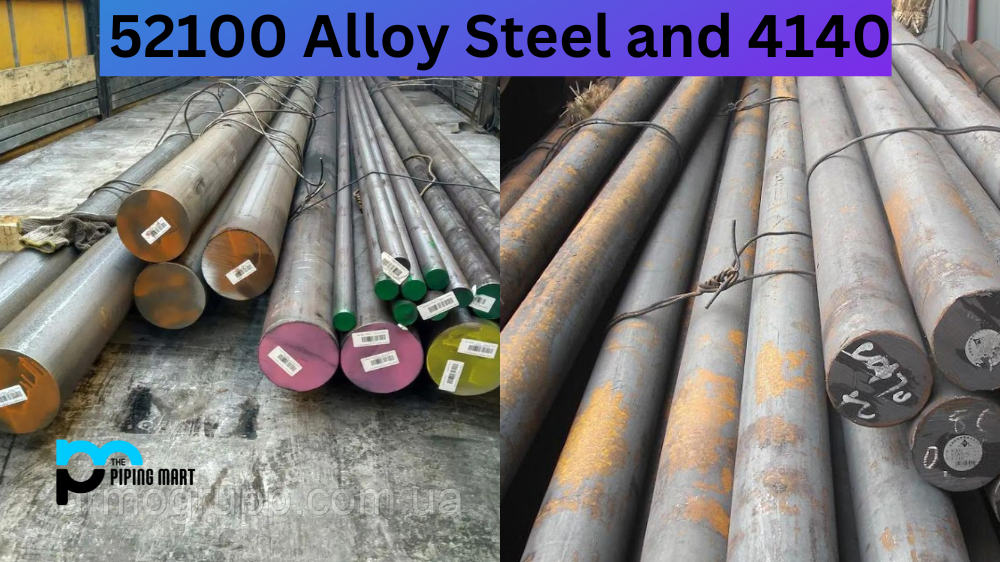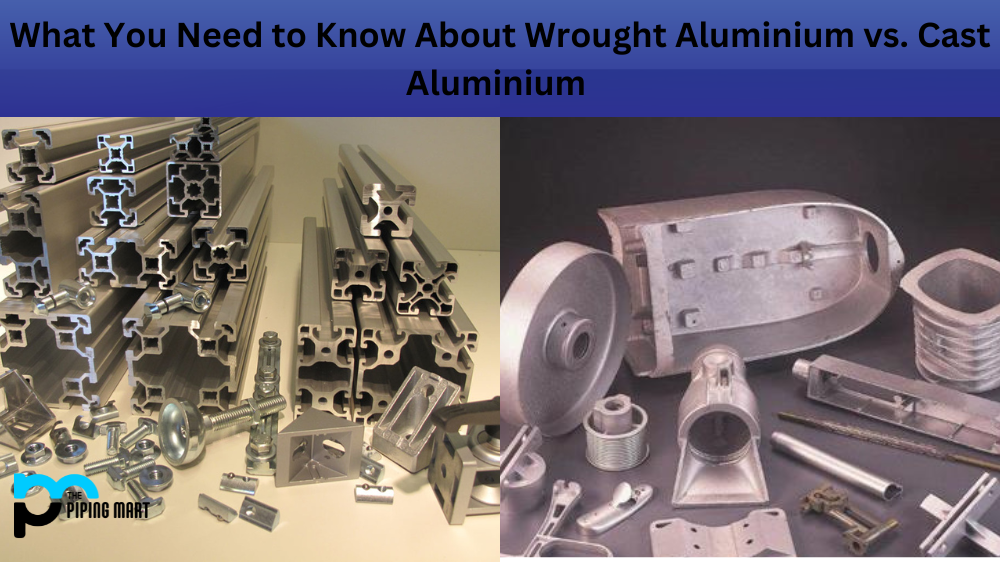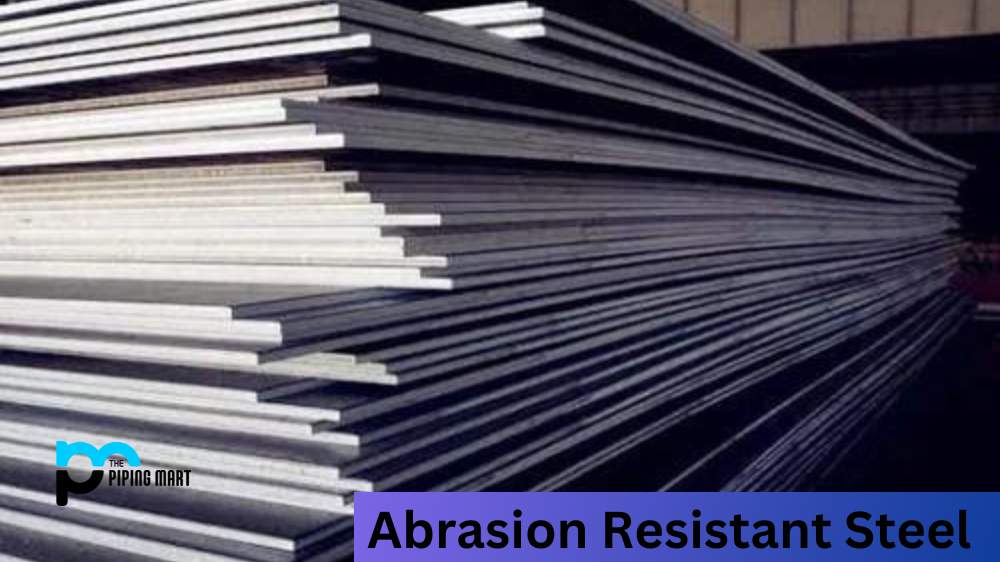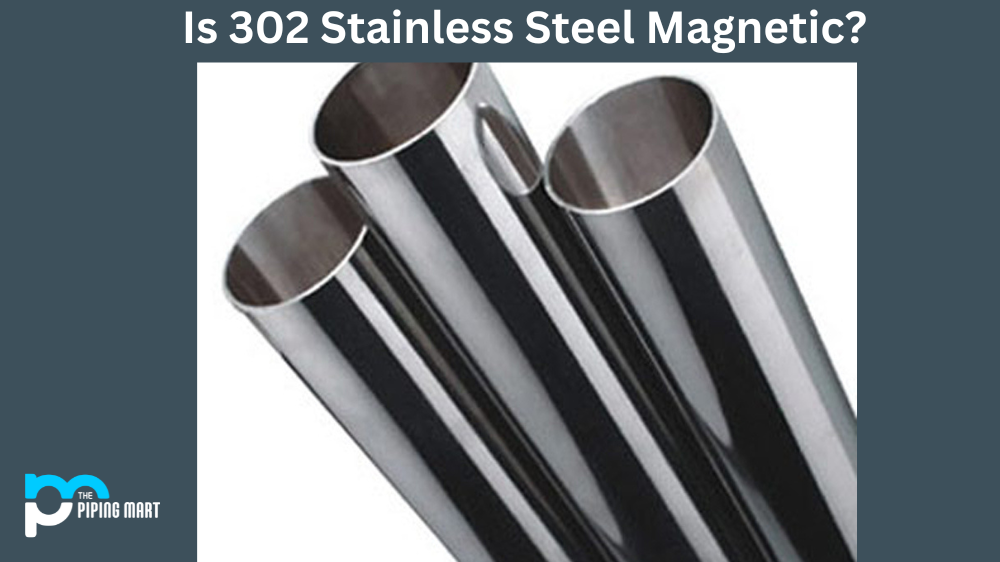Steel is a basic material in the industrial sector, construction, and manufacturing of different products, from parts of automobiles and machinery accessories to tools. Steel comes in different types, grades, and alloys, each with unique characteristics that make it suitable for various applications.
Difference Between 52100 Alloy Steel and 4140
Two common alloys of steel are 52100 and 4140. These two steel grades have remarkable properties, making them popular in many industries. This blog post will compare these two alloys to help you decide the most suitable for your project.
Composition
The 52100 alloy steel is a high-carbon steel that contains, on average, 1% carbon, 1.5% chromium, and 0.3% manganese. These characteristics make it an excellent option for producing bearing balls and rollers.
On the other hand, the 4140 steel alloy is a low alloy that consists of 0.8% carbon, 1% chromium, 0.25% molybdenum, and 0.15% of other elements, like silicon and copper. It is classified as a medium carbon alloy steel, used mainly to manufacture various components, such as gears, axles, and shafts.
Hardness
The hardness of steel is an important consideration in determining which one to use. The 52100 alloy steel has a Rockwell hardness of approximately 60, making it one of the hardest metals on the market. It is suitable for projects that require a high degree of wear resistance and durability.
In comparison, the 4140 alloy has a Rockwell hardness range of 22 to 25, making it a moderately hard steel. While it may not have the same hardness level as the 52100 steel, it is still durable enough to endure various applications, particularly ones that do not require wear-resistance parts.
Machinability
Machinability is an essential characteristic of steel that is important to consider when choosing a material for your project. The 4140 steel alloy has excellent machinability, making it ideal for machining applications requiring robust cutting practices.
In comparison, the 52100 alloy steel is a bit more challenging to machine due to its high carbon content. It requires specialized equipment and techniques to achieve the desired shape.
Applications
Both the 52100 alloy steel and the 4140 steel alloy have numerous applications in various industries. The 52100 steel is commonly used to manufacture bearing balls, rollers, and races. This is because of its hardness and resistance to wear.
The 4140 steel alloy is used in applications requiring added strength, such as motor components. This steel grade also manufactures pipes, axles, and rails.
Conclusion
Choosing between 52100 and 4140 steel alloy may be challenging, especially when you need to know what properties to look for. From the information presented above, you can now confidently compare the two steel alloys and decide which one is best for your project. If you need a hard, durable, and wear-resistant material, the 52100 alloy steel is your best bet. However, if you need a steel alloy with some degree of machinability and strength, the 4140 steel alloy is the ideal choice. Choosing the right steel for your project is important to ensure that it meets the required standards and is effective in its application. If you need further advice on the right steel alloy, consult a steel expert to guide you in making the right choice.

A passionate metal industry expert and blogger. With over 5 years of experience in the field, Palak brings a wealth of knowledge and insight to her writing. Whether discussing the latest trends in the metal industry or sharing tips, she is dedicated to helping others succeed in the metal industry.




